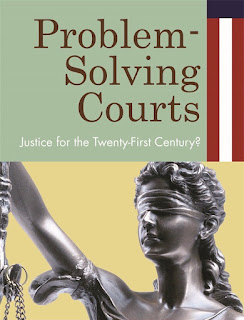For the Record
Today, the New York Post ran an op-ed criticizing Mayor Bill de Blasio’s “empty” anti-violence plan. The op-ed takes particular issue with the Mayor’s commitment to spreading the Cure Violence model, which seeks to halt retaliatory violence by sending trained “violence interrupters” out on the streets to mediate conflicts before they escalate.
The article makes several references to public health programs run by the Center for Court Innovation (we have helped implement the Cure Violence model in Crown Heights and the South Bronx) and to a research report that we issued documenting the results of our experiment in Crown Heights.
The author of the opinion piece claims that there is “no evidence” to suggest that the public health approach to gun violence works. This is not accurate. In fact, our evaluation of the Crown Heights project found a statistically significant 20 percent decrease in shooting rates in the neighborhood over three years when compared with the rate of shootings in three adjacent neighborhoods with similar demographics and crime rates.
These results are consistent with the findings from a series of independent evaluations that have documented the positive impact of the Cure Violence model, including a 2009 study from Chicago that found a 16-28 percent reduction in gun violence in 4 of 7 program neighborhoods, and a 2010 study in Baltimore which again showed statistically significant violence reductions in all program areas. Based on these evaluations, the Cure Violence model is included as a “promising” program in the federal register of evidence-based programs (crimesolutions.gov).
The literature on Cure Violence is still emerging, but the model has generated enough evidence to suggest that it is an approach worth attempting on a broader scale. In the months ahead, we hope to continue to add to the literature. We are currently participating in an independent evaluation conducted by the Research and Evaluation Center at John Jay College that will examine the impact of the Cure Violence model in two New York City neighborhoods. With funding from the Robert Wood Johnson Foundation, researchers will document whether the program helps change social norms in violent communities.
In sum, through our work with Cure Violence and other crime prevention initiatives, we are doing what we always do at the Center for Court Innovation: testing new approaches to difficult problems and documenting the results so that the field of criminal justice can learn from our experience.


